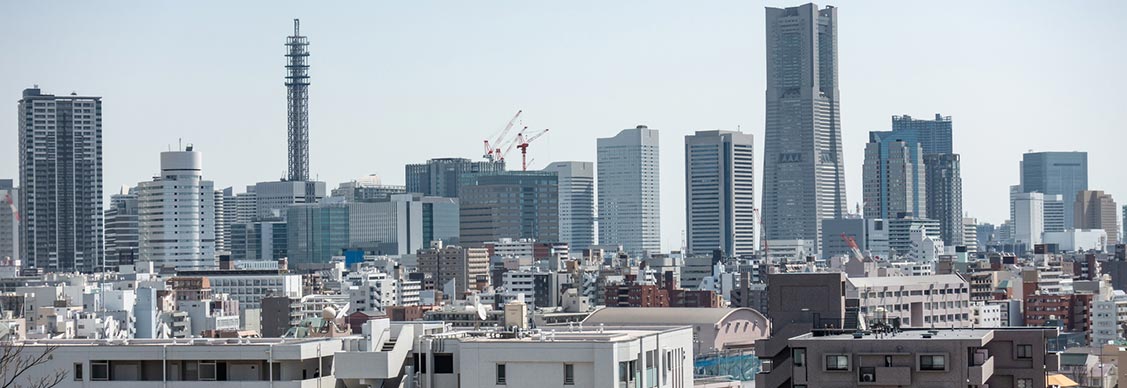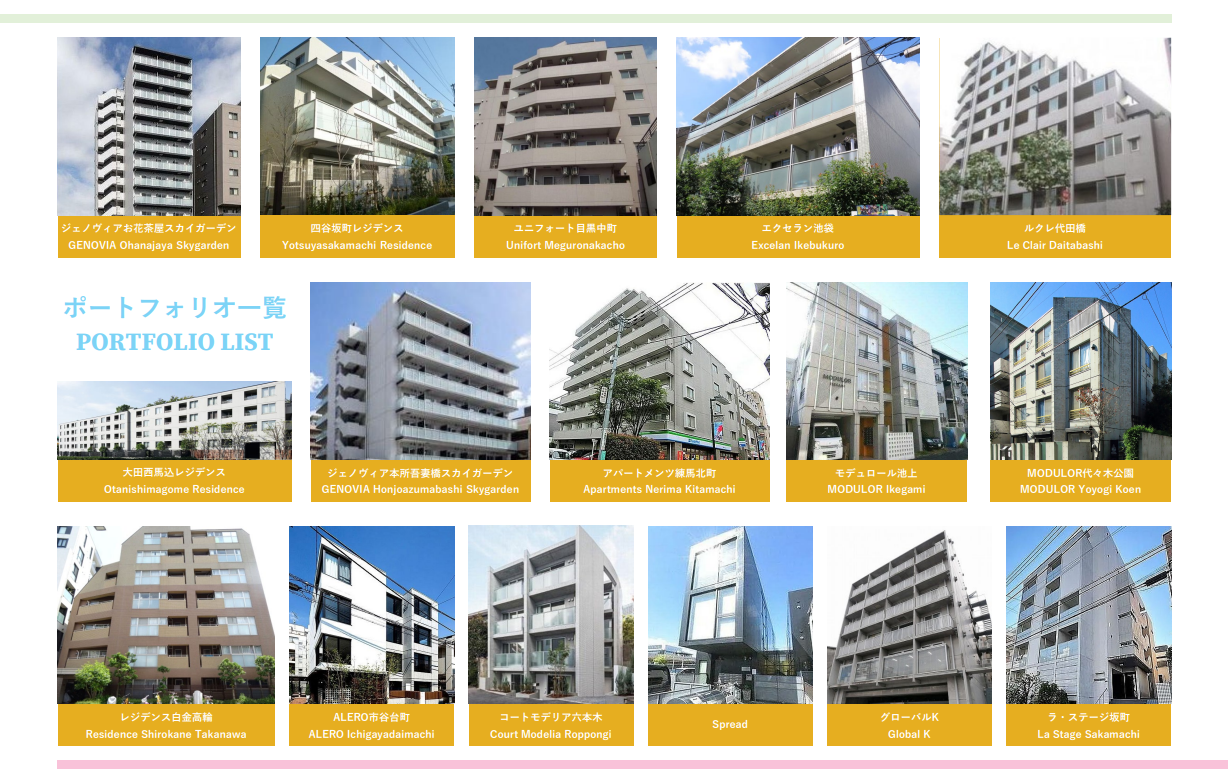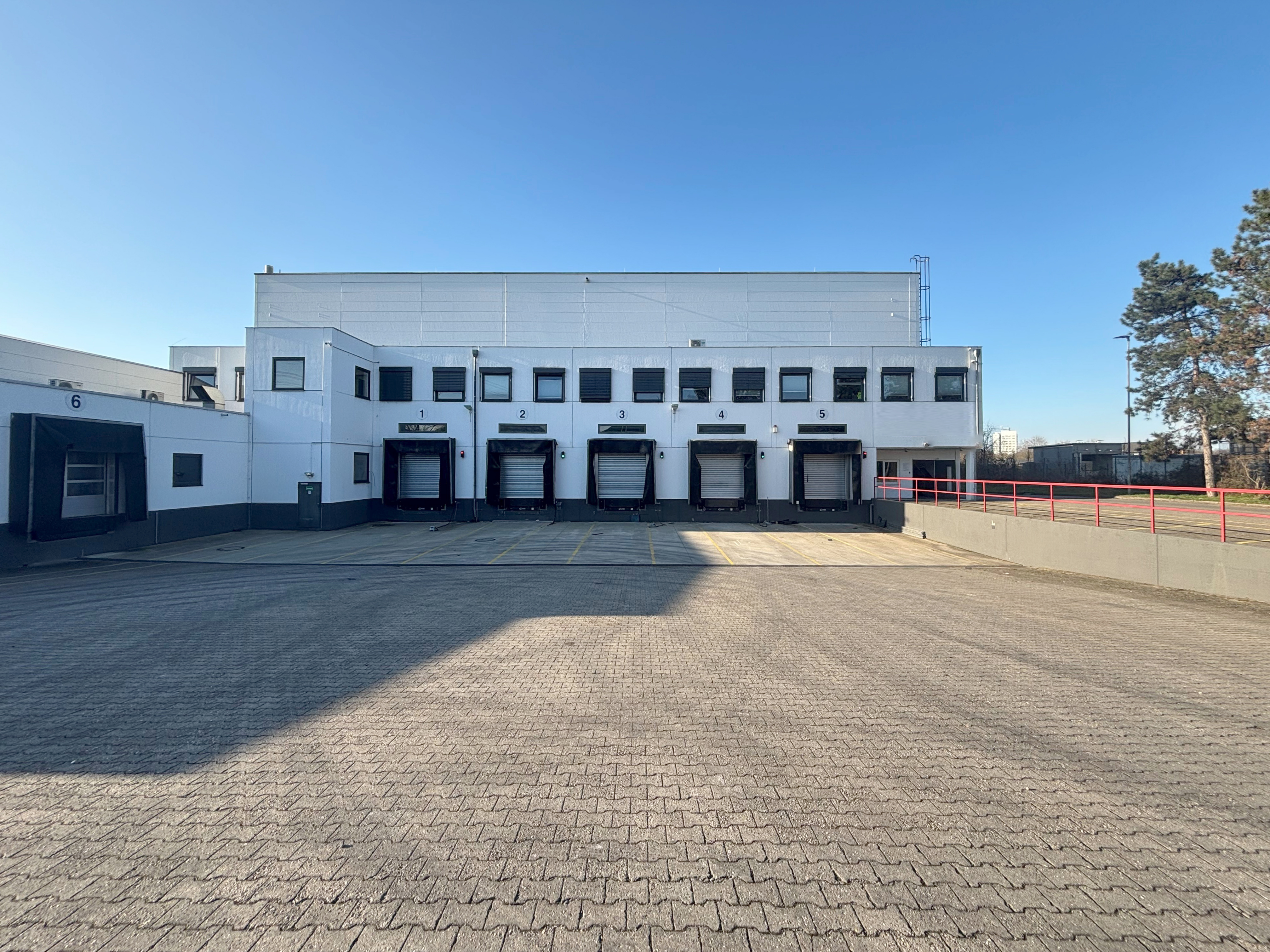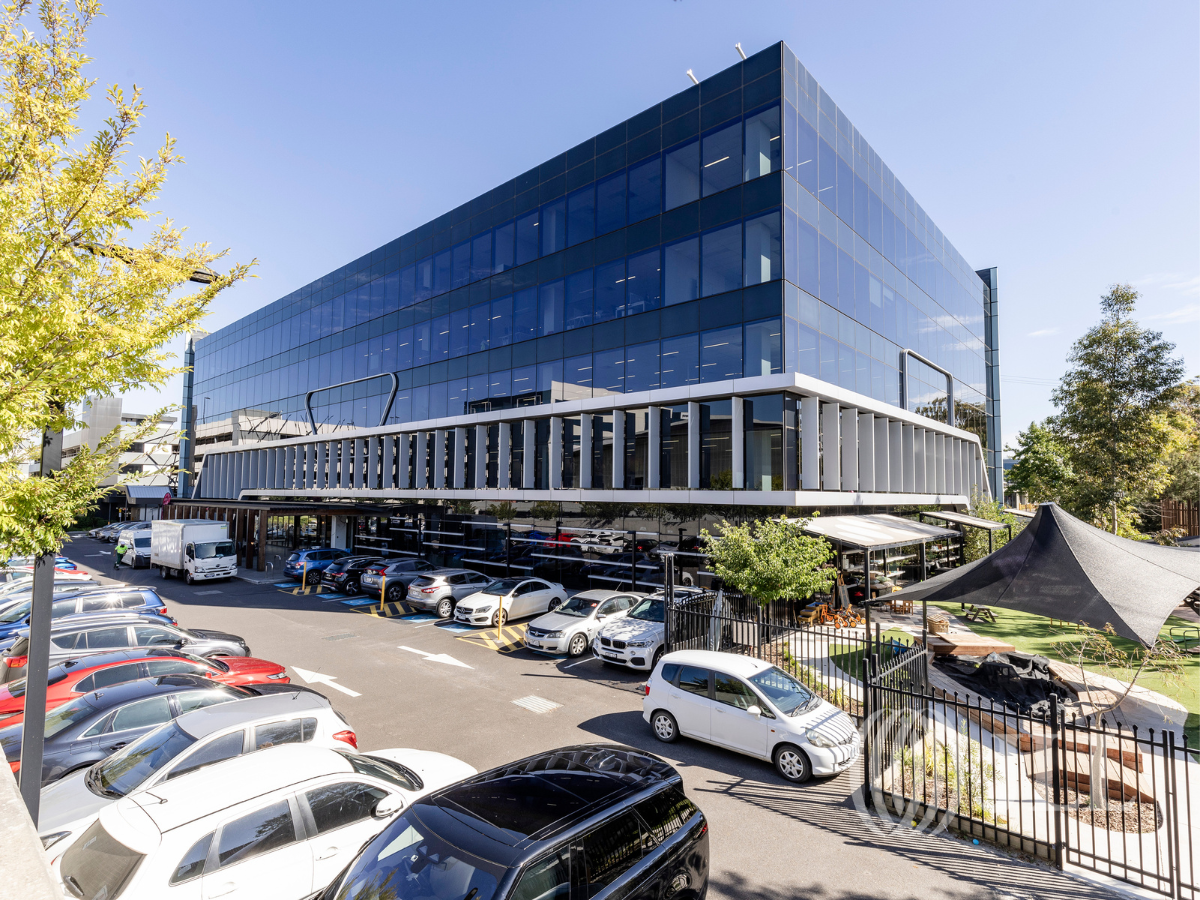Multifamily investors venture into fringe locations
Areas just outside Japan’s major cities are attracting interest from multifamily investors
Central Tokyo may still be the preferred investment destination for Japan’s multifamily investors, but interest in fringe locations within an hour’s commute of the city is gathering pace.
In particular, cities in the Greater Tokyo Area such as Yokohama, a city of 3.8 million people just 30 minutes of central Tokyo, are drawing investors’ attention.
Canadian insurance company Manulife’s first multifamily investment in Japan and real estate investor AEW’s acquisition of a 177-unit residential portfolio earlier this year both included assets in Greater Tokyo, the most populous metropolitan area in the world.
“Rising price pressures, the lack of investible assets in major cities, and the remote working trend during the pandemic are urging multifamily investors to rethink and widen their investment criteria beyond the popular Central Tokyo region,” says Koji Naito, Director, Capital Markets, Japan, JLL.
The pace of demand in Japan’s mature multifamily market mirrors established multifamily markets such as in the U.S. and in Europe, where strong competition is also pushing investors to pursue less-explored markets for investment opportunities.
“There has been an uptick in interest from offshore investors in the Greater Tokyo region, although it remains a relatively niche market,” says Naito.
Looking for more insights? Never miss an update.
The latest news, insights and opportunities from global commercial real estate markets straight to your inbox.
Rising prices
One of the key reasons why investors have been venturing beyond central areas is price pressures.
“Decent investment opportunities are harder to come by with property prices soaring and capitalization rates going down significantly,” says Naito. Capitalization rates for multifamily buildings in Tokyo's Central 5 Wards have fallen 100 to 150 basis points (bps) in the past 10 years, according to JLL data.
Land scarcity and the lack of new developments in central Tokyo have also affected the affordability of the remaining available properties. On average, the number of new condominium units in Tokyo has fallen to 35,000 units a year from 80,000 units a year from 15 years ago, according to JLL.
Despite this, not all investors wavered until the pandemic hit. The rapid rise of remote working during the crisis was the catalyst that gave many investors confidence to reach out to the fringe areas as an alternative destination to deploy their capital.
“People wanted to live close to their workplaces before the pandemic, but the remote working model that many companies adopted made commuting a lower priority for certain people,” says Kenichi Negishi, Head of Capital Markets Japan, JLL. “Working couples living together are now more open to living in fringe locations which offer more rooms at a lower cost than central areas and allows couples to attend separate online meetings at the same time.”
In the Chiba prefecture within the Greater Tokyo area, for instance, two- to three-bedroom apartments have been in short supply due to a surge in popularity amid the pandemic.
This change in lifestyle trend, while fairly new to the Japan market, is expected to continue bringing attention to multifamily assets in fringe areas. Investors may eventually even consider further cities that offer similar ease of convenience and access to downtown Tokyo by public transportation, according to Naito.
Investment Opportunities
High potential
In Asia Pacific, Japan has one of the most mature multifamily markets, which is on the verge of becoming one of the top five living markets globally, according to JLL’s latest Asia Pacific Capital Tracker.
“Residential transactions are more sophisticated than before and are larger in size as investors are eager to deploy frustrated capital,” says Negishi. “Mega portfolio transactions of over US$1 billion, which require detailed cash flow analysis and market research to buy or sell at the right price, have also become increasingly common.”
Amid market uncertainty, where sectors like office and retail are still in the midst of recovery, offshore investors are lured by the stability of rents in Japan’s multifamily sector and favourable interest rates for lending.
The majority of investors, especially those new to Japan, will still prioritize residential properties in central Tokyo, Negishi says. But he believes that the underlying fundamentals bode well for the country’s multifamily market outlook.
“The growing population in larger cities and changing lifestyles to adapt to new working models will further amplify the growth momentum of the country’s multifamily sector for the foreseeable future.”
Contact Kenichi Negishi
Head of Capital Markets Japan, JLLWhat’s your investment ambition?
Uncover opportunities and capital sources all over the world and discover how we can help you achieve your investment goals.




